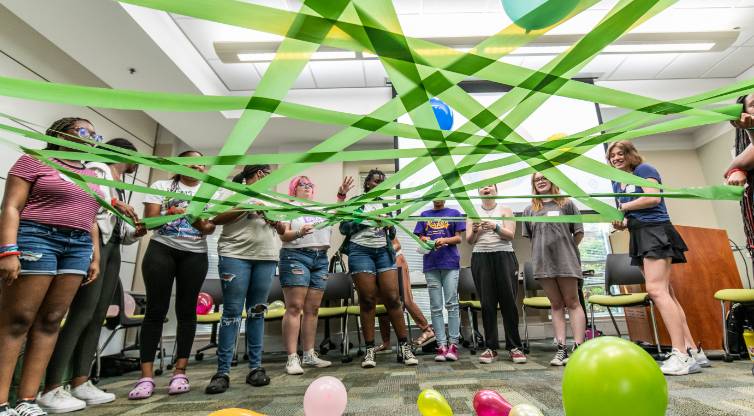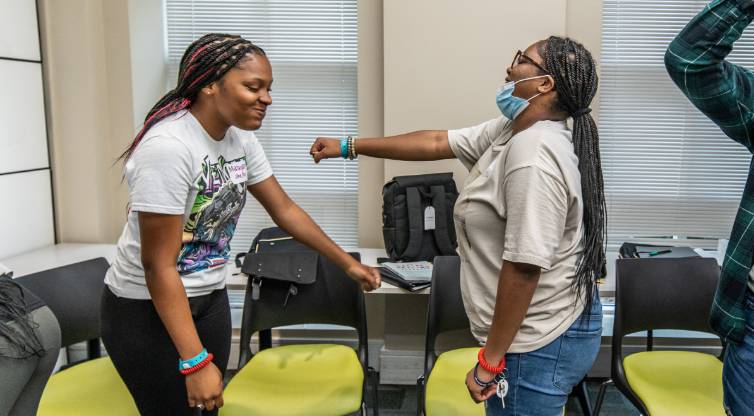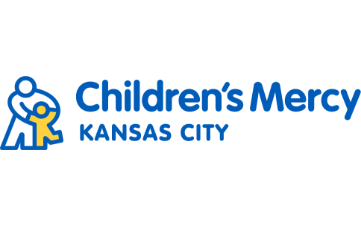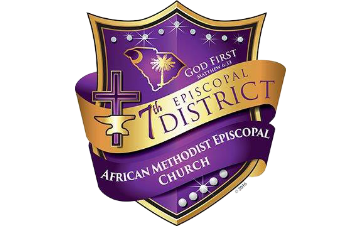How do you make your community healthier for everyone?
The Healthy Young People Empowerment (HYPE) Project
The Healthy Young People Empowerment (HYPE) Project empowers youth to become lifelong champions of positive change by learning how to advocate for issues they care about.

What is The HYPE Project®?
As the voices of the future, The HYPE Project empowers youth to work with their community leaders to create lasting change through civic action projects focused on healthy eating and active living. Our curriculum-based program teaches youth how to address obesity prevention, health disparities and chronic diseases in their community from a policy, systems and environmental change approach and a public health perspective.

“The HYPE Project is not just an initiative; it’s a life-changing experience. By participating in this program, I have extended its teachings from Columbia, SC, to Washington, DC. We’ve done more than grow produce; we’ve cultivated community, nurtured young leaders and sparked a commitment to health and well-being that lasts a lifetime.”
Alex Blocker
Howard University Student & HYPE Alumni ’20, ’21


“The HYPE Project is a great way to become active in your community as a young leader, while having fun and making new friends. I improved my leadership, public speaking, team building, and strategic planning skills. I also gained tighter relationships with friends that I already knew as we carried out our project together and were able to interact with each other in different settings than before. Additionally, I gained a better awareness of different community issues and ways to resolve them.”
Moses Washington
HYPE Alumni ’19, North Carolina Central University School of Law ’23, Wholespire Board of Directors ‘24

Who is HYPE for?
The HYPE Project is a perfect fit for groups that work with or want to work with youth aged 12-17. From community health coalitions to faith-based organizations, schools, nonprofits, civic engagement initiatives and beyond, HYPE offers a comprehensive suite of tools and resources that make connecting with young people simple and rewarding.
The 5 Phases of HYPE
The HYPE Project was created with funds from the CDC Community Transformation Grant (2012) in partnership with the University of South Carolina Arnold School of Public Health.









